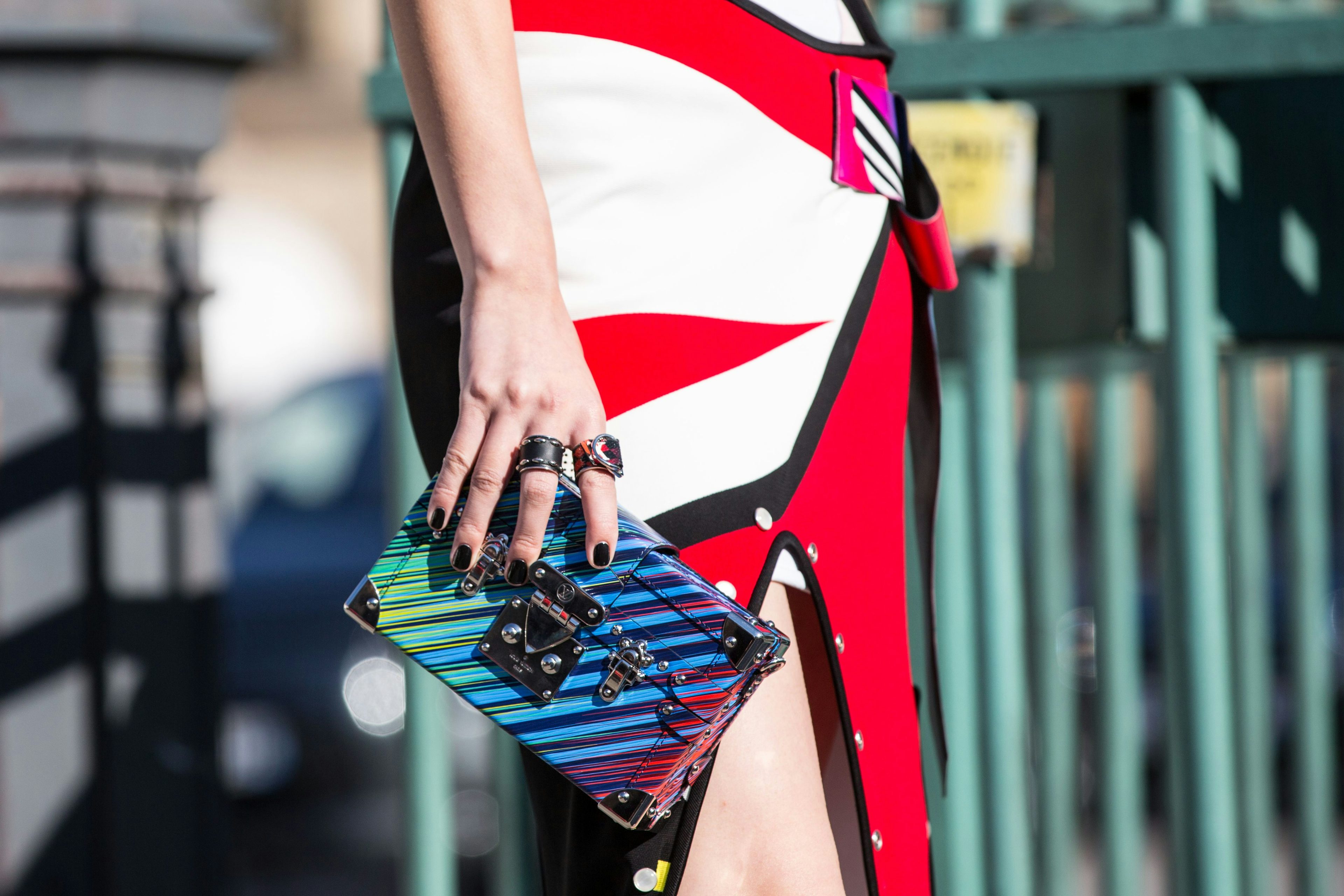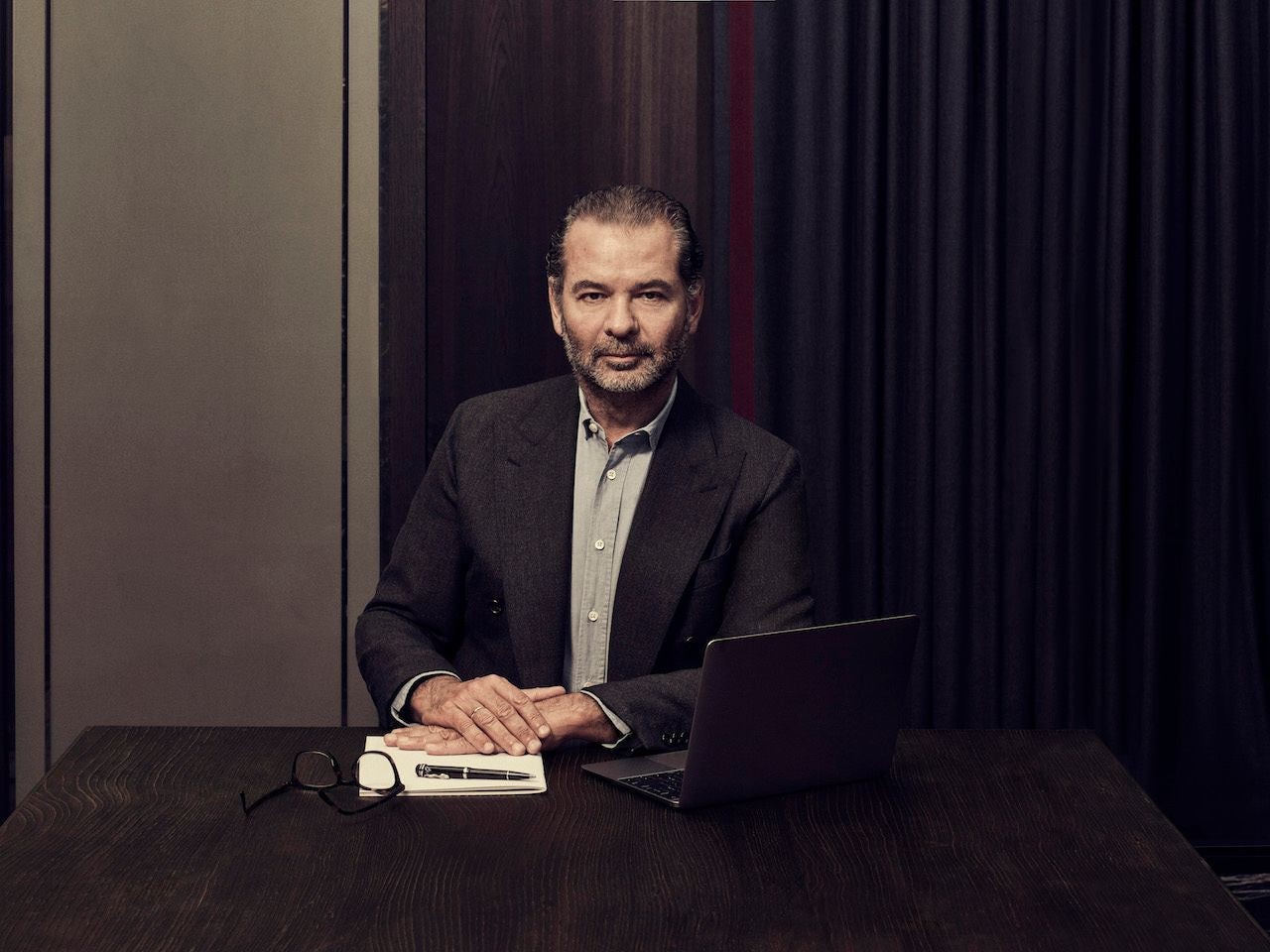When Ian Rogers was appointed the new chief digital officer of LVMH Moët Hennessy Louis Vuitton in October 2015, it was big news to both the tech world and luxury brands. Naysayers raised the questions: Why jump from tech to an industry that’s considered a digital laggard? And how could someone with no experience in luxury lead the way?
But Rogers’ appointment has made a major impact on the fashion titan: LVMH had transactions of over €3 billion online in 2017, more than 30% up compared to 2016.

Rogers was tasked with introducing a new digital thinking into the DNA of LVMH, a group that values craftsmanship, in-person connections, and customer service -- all nuances that were believed to be impossible to deliver through a screen. He sat down with Jing Daily during the New York Times Luxury Conference in Hong Kong to talk about reinventing the biggest luxury group in the world (ranked by sales) and the huge role China is playing in the luxury industry. His thoughts:
What the Luxury Industry Has Missed About the Mobile Experience#
“(If you) approach digital as a technology, then you will for sure be doing the wrong thing -- the IT guy just putting the thing in the hands of the sales associate with no customer experience-driven [information] behind it,” said Rogers. But “if you have the customer experience down, you are going to end up in the right place. The fact of the matter is there is some great stuff your sales associate can do with [a mobile e-commerce sales] device — but just browsing on Instagram is not one of those things.”
He grants that, in the digital beginning, the “luxury industry was smart to stay away from putting a bunch of couture dresses in a grid, add to cart, check out.” But he emphasized: “I think they did miss the fact that consumers” don’t associate luxury directly with goods anymore as much as with an entire customer experience. Rogers gave a surprising example of Uber’s app as “a pretty luxury experience” in terms of ease and immediacy of use.
How He Has Tried to Make Online Shopping More Luxurious#
Long before Rogers arrived at LVMH, the group had presciently tried to create a luxury e-commerce platform, Eluxury.com, but it was closed in 2009. Six years after, Rogers helped LVMH relaunch with 24 Sèvres, a site that has brought Parisian department store Le Bon Marché (a property of LVMH) online.
A number of factors made this multi-brand e-commerce platform “luxury," according to Rogers, such as an unbeatable unique and exclusive brand selection including Louis Vuitton, Dior, and Celine, as well as the capability to one-click connect with the stylist in Paris via video call.
Even though the sales data for 24 Sèvres are not disclosed, and it may have fewer visitors than other e-commerce platforms, LVMH has created a product and project to upgrade the luxury experience and to further amass customer data.
In China, Luxury Is Presented Differently Online#
What makes online shopping luxurious may mean something entirely different in China. Rogers gave the example of Alibaba’s Taobao (what’s considered as the eBay of the east). “The way it is merchandised and the number of photos it has are incredibly valuable,” he said. Meanwhile, LVMH is also experimenting in China with JD.com’s TopLife and using its live white-glove delivery service to enhance the sales experience.
The WeChat Network’s Key Role in Luxury Sales#
When Chinese consumers travel between online and offline worlds on a daily basis, digital is not one side of a coin but rather deeply integrated with offline, such as the store level.
“When it comes to the [LVMH] sales associates, they are the savviest on the China market. Sales associates from all over the world have WeChat,” said Rogers. "A high percentage of our customers are Chinese, a high percentage of those customers don’t buy in China, 100 percent of them have WeChat, so we see more opportunity in China than challenge.”


